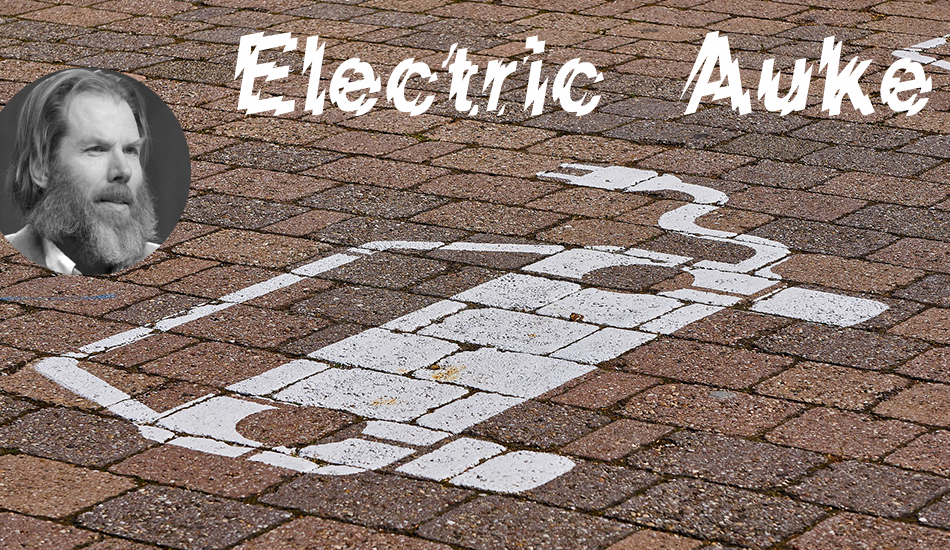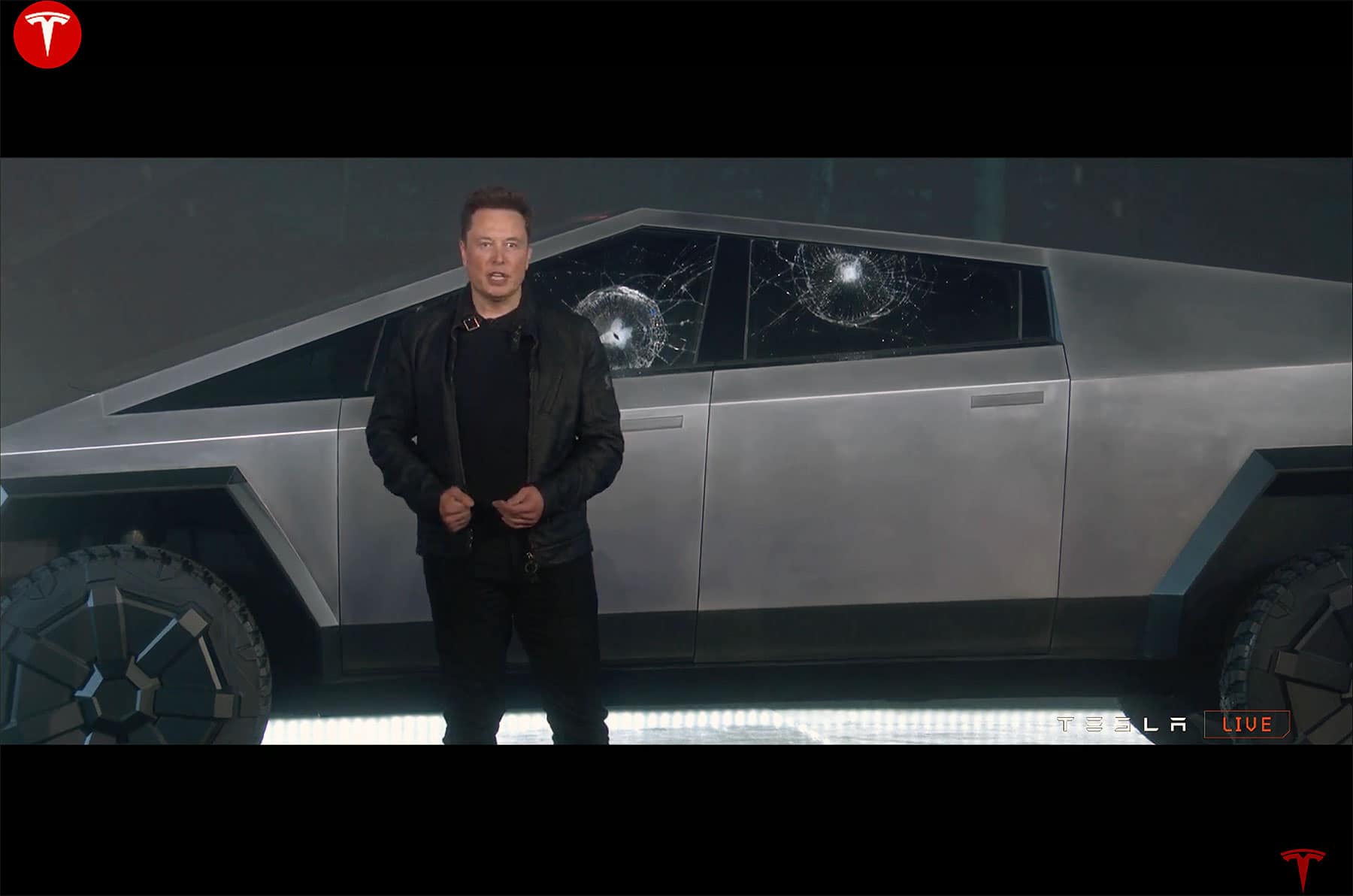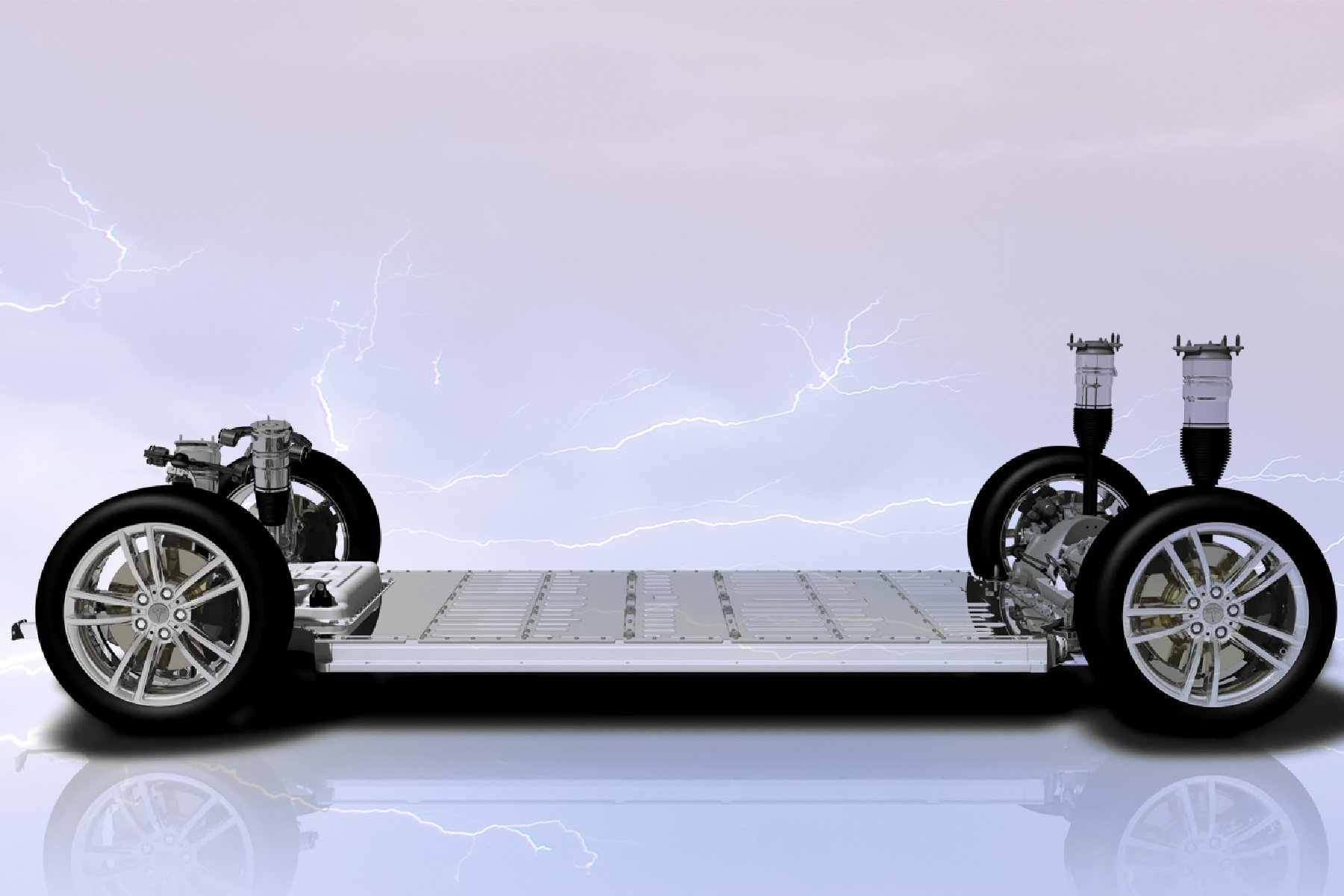
When it comes to making the earth more sustainable, all sorts of claims are floating around. But what is really true? Together with sustainability expert Auke Hoekstra, better known on Twitter as ‘Debunker-in-Chief‘, Innovation Origins tries to find this out for you. This week: is a hybrid Tesla really cleaner than the fully electric version?
‘Tesla with a gasoline engine is cleaner than the electric one‘. That’s the headline of a post published in the Dutch online magazine Autoblog. This announcement is nothing new. A year ago, the same news also surfaced. It concerns a Tesla Model 3 that has been modified with a smaller battery (17 kWh instead of the 52 or 82 kWh that are standard in the Tesla) and a gasoline combustion engine that serves as a generator to refill the more compact battery. According to the report, “figures are not yet available, but the gasoline-powered Tesla will be significantly cleaner for the environment than the fully electric version.”
When Auke appears on screen, he is already sighing: “Yes, it’s easy to say something is more environmentally friendly when you don’t provide any figures.” According to engineers at the Austrian Obrist Powertrain company, which converted the Tesla, the emissions of this hybrid car are at least as low as those of a fully electric one when bio-fuel is used. “With an efficient smaller engine, you can quite easily make a clean hybrid, provided you use bio-fuel. That’s nothing new at all.”
More about Auke Hoekstra
Auke Hoekstra is scientific director of the NEON Research project at the Eindhoven University of Technology. This is where he works with a large group of scientists from many different disciplines on the future of sustainable energy and clean mobility. After a variety of commercial positions, Auke changed course almost 15 years ago. He wanted to make the world a more beautiful place. But how do you do that? Auke wrote a book about electric driving – the technology was still in its infancy at the time – and the future of mobility. In the beginning, he was a voice in the wilderness, but now he is winning support from all corners. Auke has been busy proving that his views are for almost fifteen years. On Twitter, he is jokingly known as the ‘Debunker-in-Chief’, and he takes to Twitter to vehemently refute false research or inaccurate news reports. For example, he has repeatedly rebutted the claim that diesel cars are cleaner than plug-in cars. Auke also designed and built his own energy-neutral home with 77 solar panels as a roof and – it goes without saying- he drives an electric car.
Mega-sized problem
“But isn’t biofuel competing with arable land that you can also use for food?” Auke doesn’t wait for an answer. “Precisely! Yes! So that’s why this is not a good solution. If we were to apply this on a massive scale and scale it up, we would have a mega-sized problem. Then the food supply would be in trouble. We don’t have that much arable land at all.”
Something else that the sustainability expert says is not accurate in Autoblog’s post is the claim that this hybrid Tesla packs a total of 191PK. So, the combustion engine with 55hp was added to the 136hp electric motor. “But that’s not at all possible. The combustion engine is not directly connected to the wheels, but instead serves as a generator for the battery. You can see this immediately in the illustration if you follow the cables. The combustion engine is connected to the battery, not directly to the drivetrain. You also have range extenders that do that. Then you can add both drivetrains together. You can’t do that with this one,” Auke explains.

Autoblog does not provide information on the vehicle’s emissions, but according to the Austrian manufacturer, the 17.5 kWh lithium-ion battery makes about 100 kilometers of electric-only driving possible. With the power of the combustion engine added, the total range reaches up to 1,500 kilometers with a fuel consumption of 3.3 liters per 100 kilometers. In the process, the hybrid emits 24 grams per kilometer. Is that cleaner than a fully electric car?
Difficult to calculate
According to Auke, these figures are difficult to calculate because you do not know exactly which portion is attributable to the range extender or the battery. “You can say how much CO2 was emitted in the manufacture of this 17 kWh battery. But apart from that, you can’t say much else about it. Suppose that battery is completely full and you start driving. After x number of kilometers the combustion engine will start to recharge the battery. You no longer know which portion of the energy comes from the combustion engine. Unless this is very accurately registered by a system in the car. What’s more, we don’t know what those 24 grams of CO2 are made up of. Does it include the manufacture of the car? The current electricity mix? What about gasoline?”
Nevertheless, in order to make a bit of a comparison, he calculates the CO2 released from the production of a Tesla Model 3 to the emissions per kilometer. “Right now, the emissions are 75 kilograms of CO2 per kWh. So if you drive a smaller version of the Tesla Model 3, you are using a battery that is 54 kWh. Then you look at how long that kind of battery lasts. Some experts are saying 200 thousand kilometers. Personally, I would say 250 thousand kilometers. But you can quibble about that. Per kilometer, you will then emit about 16 grams of CO2. But that only covers the manufacture of the battery. It depends a bit on the electricity mix and the tires that are used as well.”
Read previous episodes in this series here
A typical case of Tesla clickbait
Auke shrugs his shoulders: “But why would you want a hybrid Tesla? This feels a bit like a step backwards.” With a raised voice and cynical applause in front of his webcam: “Well, you made a Tesla drive like a Prius. Well done!”
Sighing, he goes on, “I’m getting so tired of this. An enthusiast has built a hybrid car in this case. Nobody is interested in this, are they? These things have been around for a long time already. It’s nothing new. So what?” He steps it up a notch as he continues in a bored voice, “They are now acting as if this is a really special car. But that’s just nonsense. It’s just a Tesla, but a hybrid version. Quite nice. But nothing new at all. You see more often that companies or institutes try to score by doing something with Tesla. The use of that name alone yields loads of clicks. This is just another case of common Tesla clickbait.”
Auke is still looking for modelers for a new project on decentralized renewable energy systems. More information on that can be found here.





